Opinion: Los Angeles Times used to endorse only Republicans for president. What changed?
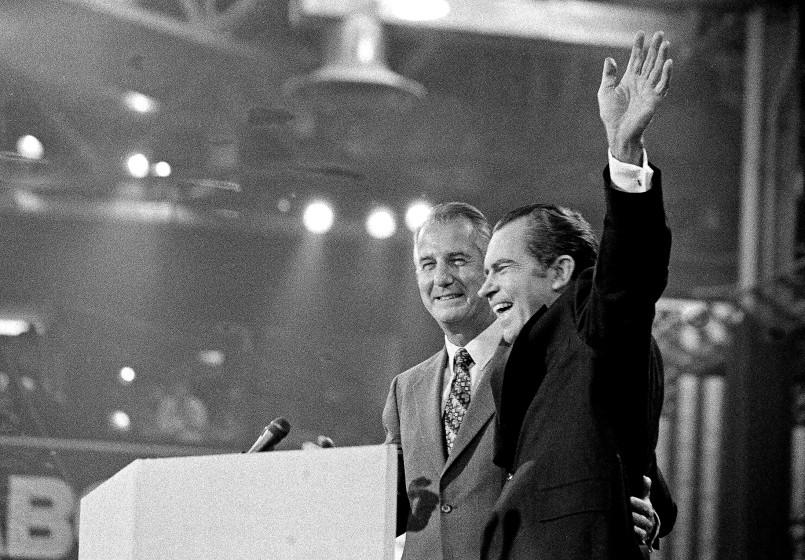
For 90 years — from its founding in 1881 until Richard M. Nixon’s reelection in 1972 — the Los Angeles Times was unwavering in backing Republican nominees for president. Since it resumed endorsements in 2008, it has backed Democratic nominees: Barack Obama (twice), Hillary Clinton and now Joe Biden.
What changed? What happened in between? And what is a newspaper editorial, anyway?
First things first: An editorial represents a publication’s institutional viewpoint. At The Times, my eight colleagues and I write editorials based on reporting, research and deliberation. (We currently meet via Zoom three times a week.) We are journalists — all of us started out writing news articles — but we don’t speak for our colleagues on the news side, who are obliged by journalistic convention and institutional practice to remain impartial and nonpartisan. While we take sides, our conclusions are grounded in evidence; if we make a factual error, we are obliged to correct it.
From 1882 until 2000, The Times was controlled by the Otis-Chandler family: patriarch Harrison Gray Otis, a former Civil War commander; his son-in-law, Harry Chandler; Harry’s son Norman; and Norman’s son Otis.
Past editorials reveal a remarkable thread of continuity — loyalty to the Republican Party — even as that party and America, particularly California, changed. Below is a history of our Republican endorsements.
In the late 19th century, the GOP was generally dominant. The party of Lincoln had saved the Union and ended slavery. It stood for an assertive government: national banks, transcontinental railroads, homesteads, Civil War pensions, land-grant colleges. The party was dominant following the end of the Civil War, and especially in New England, the Plains and the West. The Democratic stronghold was the South, which after the end of Reconstruction began to drift toward a one-party state, one characterized by white supremacy and Black disenfranchisement. But Democrats also enjoyed some support in the mid-Atlantic states, the Midwest and in cities, especially among Irish Catholics and German Lutherans. Populists pushed across regions and races for labor-organizing rights, cooperatively owned enterprises, expanded voting and candidates from different parties campaigning together on "fusion tickets."
The era was partisan, but there were also more crosscutting coalitions and improbable alliances. Minor parties were common; voter turnout was high. Presidents were not as active as they are now; Congress was more dominant. Articles from that era tended to offer little policy analysis and instead focused on the candidates’ personal character, or lack of it. The Times reflected its home state: California voted for the Republican nominee in every election but one from 1884 to 1908.
1884: James G. Blaine (lost to Grover Cleveland)
1888: Benjamin Harrison (won)
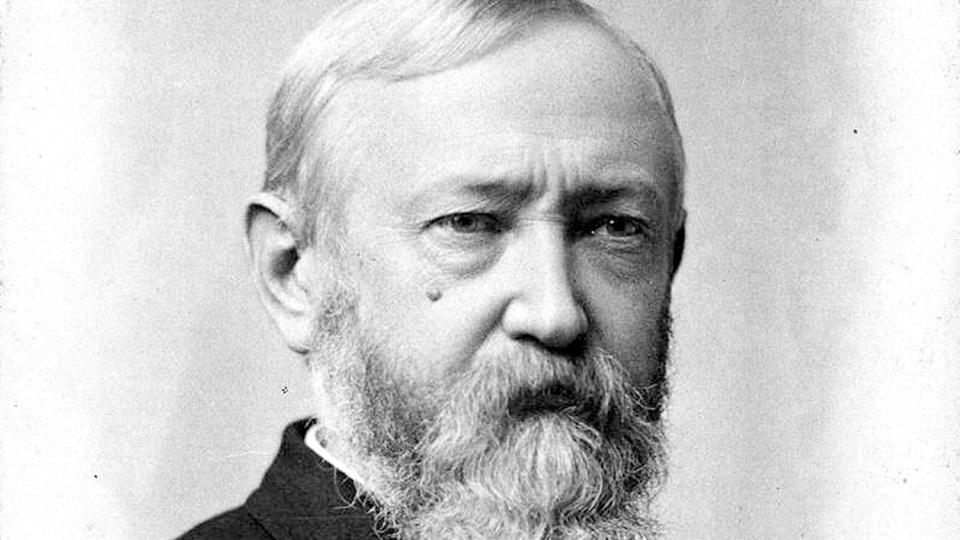
1892: Benjamin Harrison (lost to Grover Cleveland)
1896: William McKinley (won)
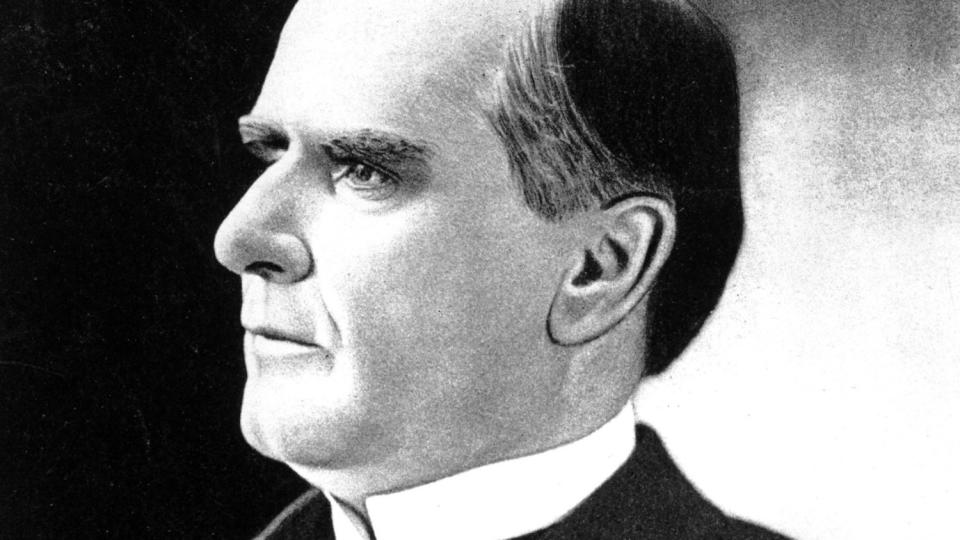
1900: William McKinley (won)
1904: Theodore Roosevelt (won)
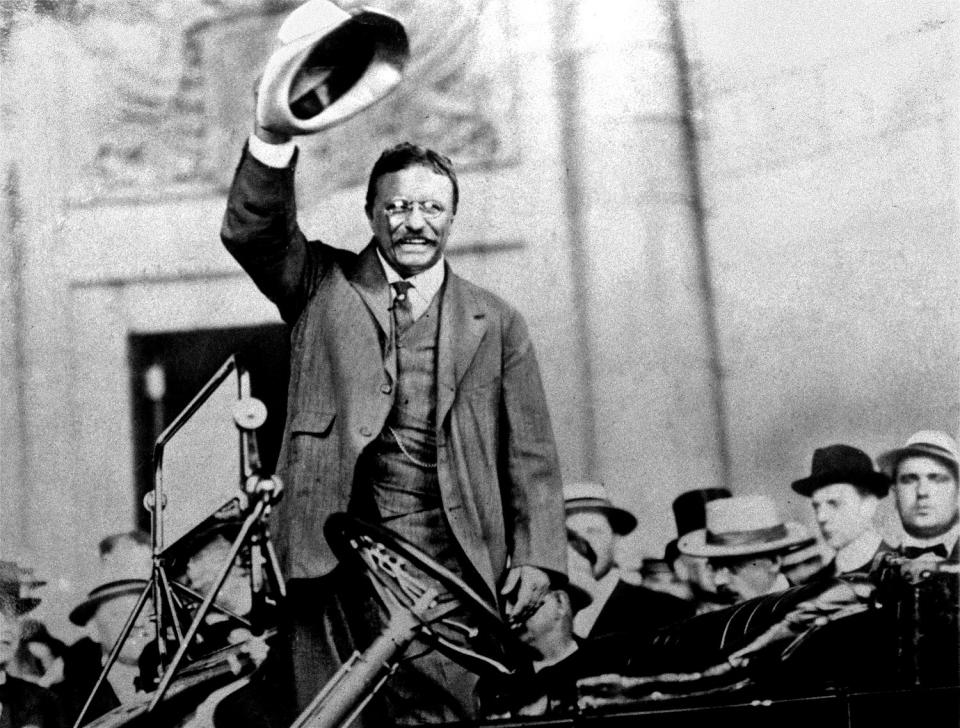
1908: William Howard Taft (won)
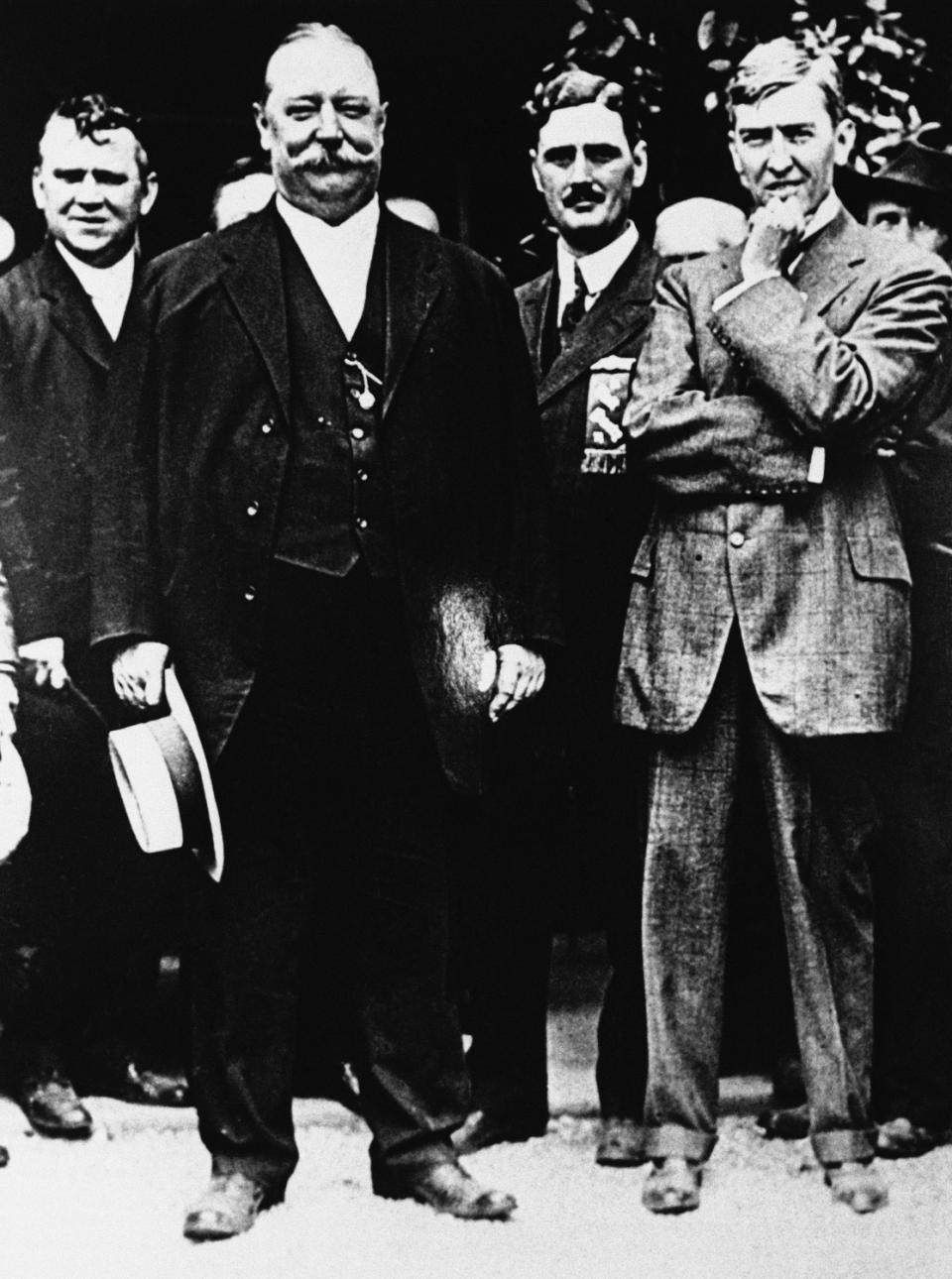
During the Progressive Era, with its attention to social activism and political reforms, The Times began to fall out of sync with California. The Democrat Woodrow Wilson, the first Southerner elected president since 1848, was a segregationist and white supremacist. But his presidency also saw the enactment of far-reaching progressive legislation, including the lowering of tariffs, the implementation of a federal income tax, the creation of the Federal Reserve and antitrust measures. The Times did not favor him, but Californians and Americans did, twice.
1912: William Howard Taft (lost to Woodrow Wilson)
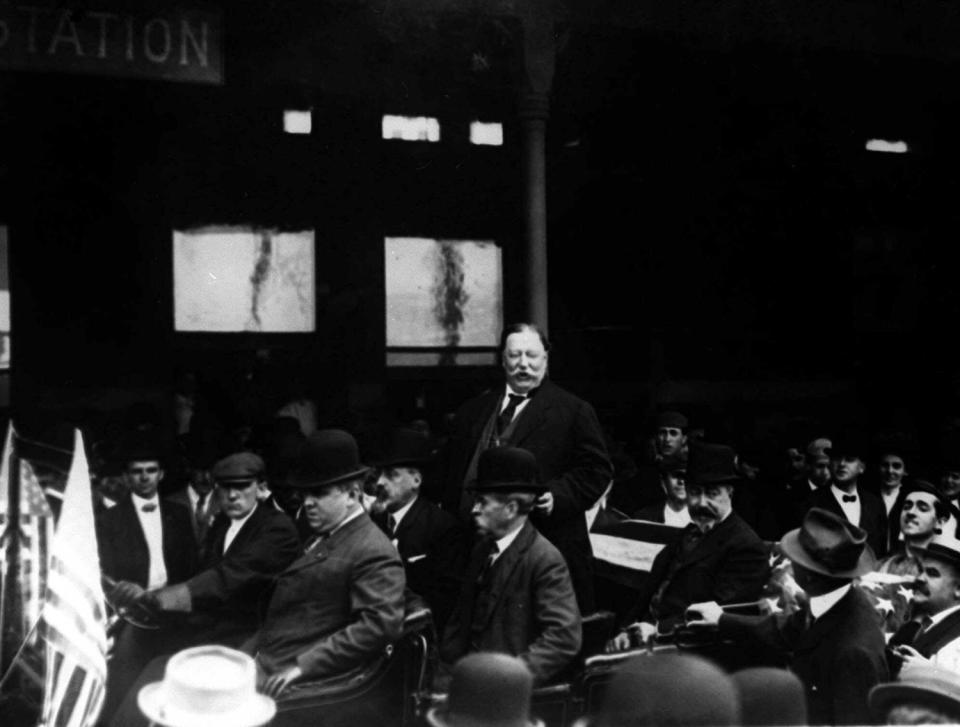
1916: Charles Evans Hughes (lost to Woodrow Wilson)
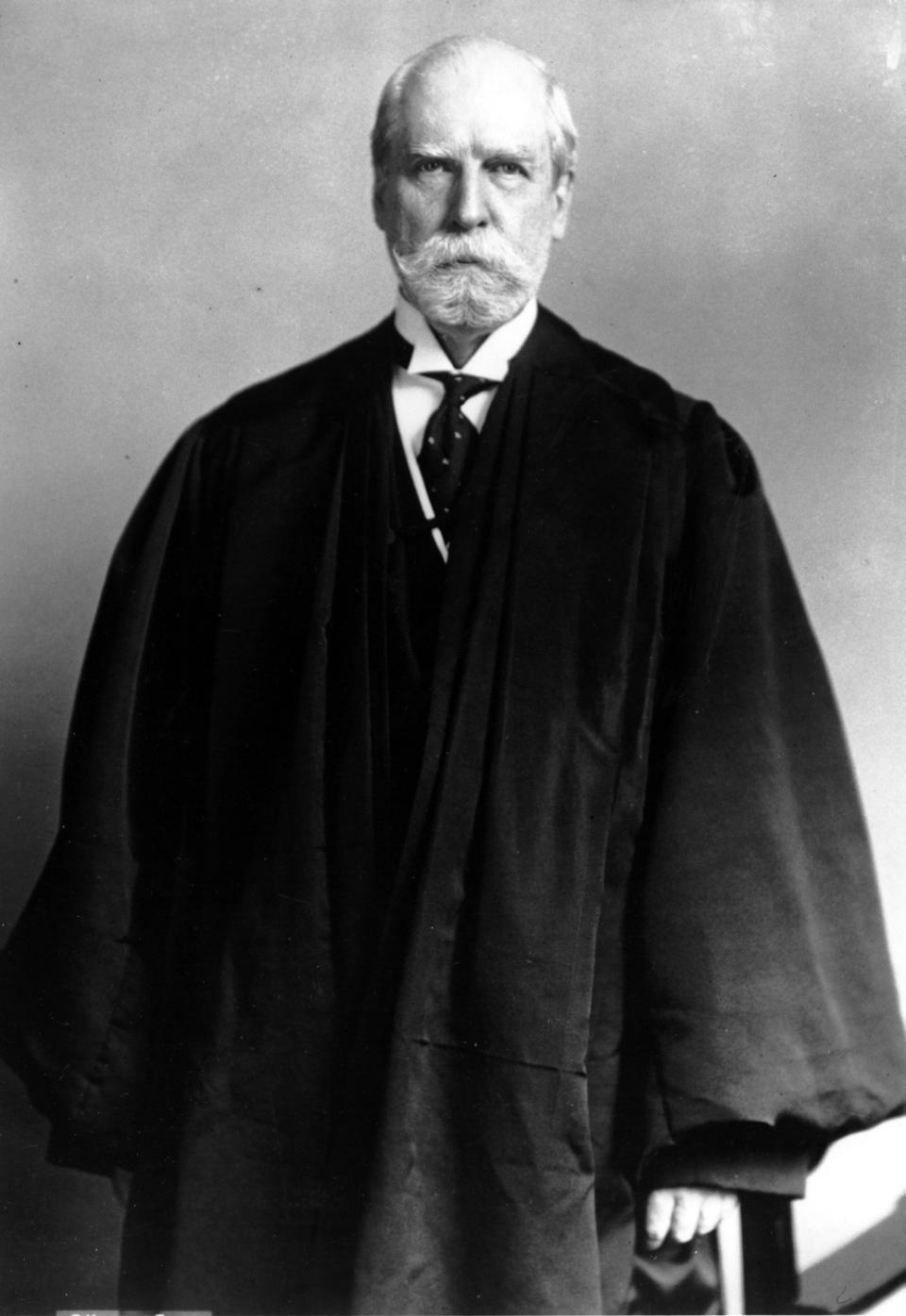
In the 1920s, The Times, the country and the state again all backed Republicans for president: Warren G. Harding, Calvin Coolidge and Herbert Hoover, who emphasized private charity over government intervention and supported trade protectionism. The party stood “unalterably opposed to government ownership and nationalization of industry or any other compromise with Socialism,” The Times declared in 1920, arguing that “the high cost of government is the first cause of the high cost of living.”
1920: Warren G. Harding (won)
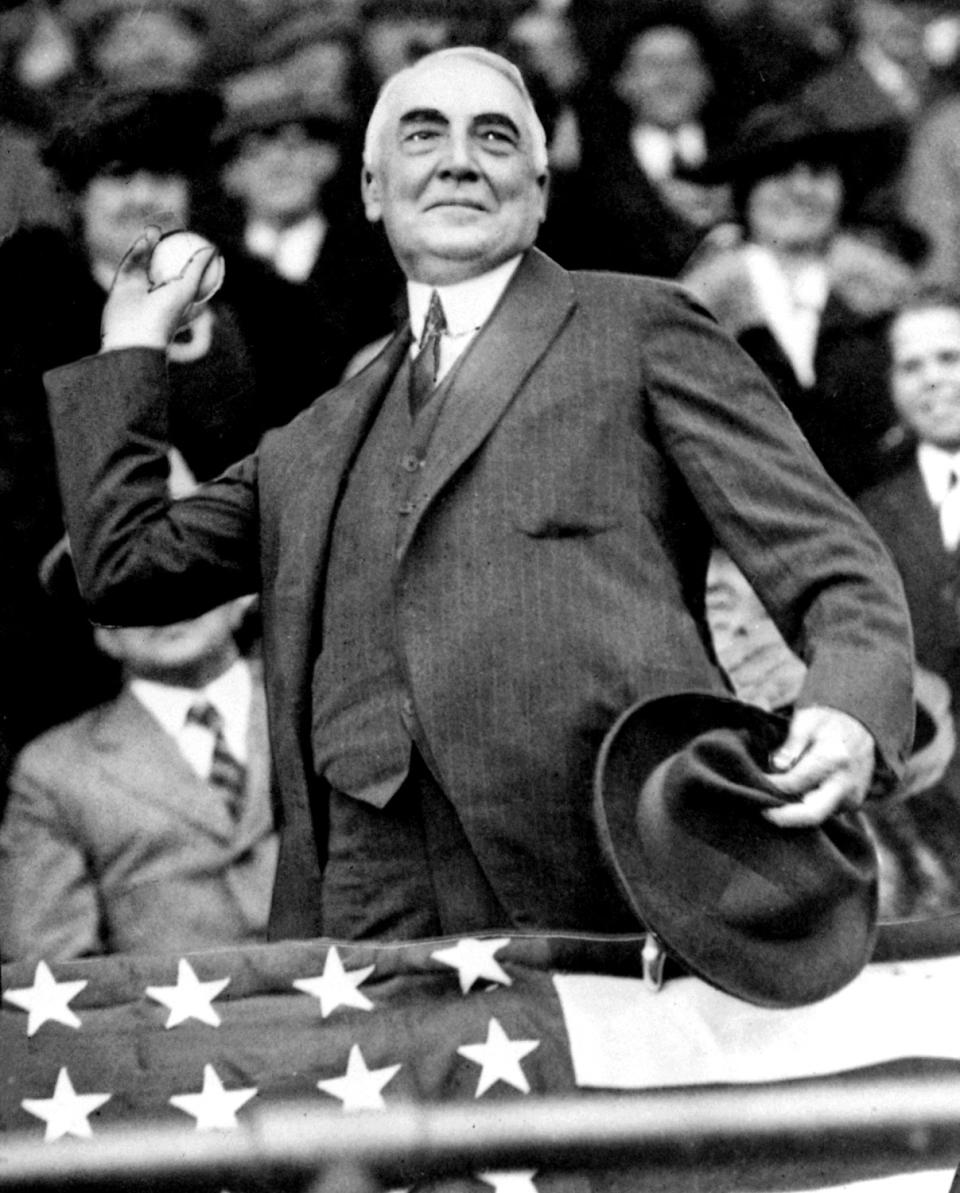
1924: Calvin Coolidge (won)
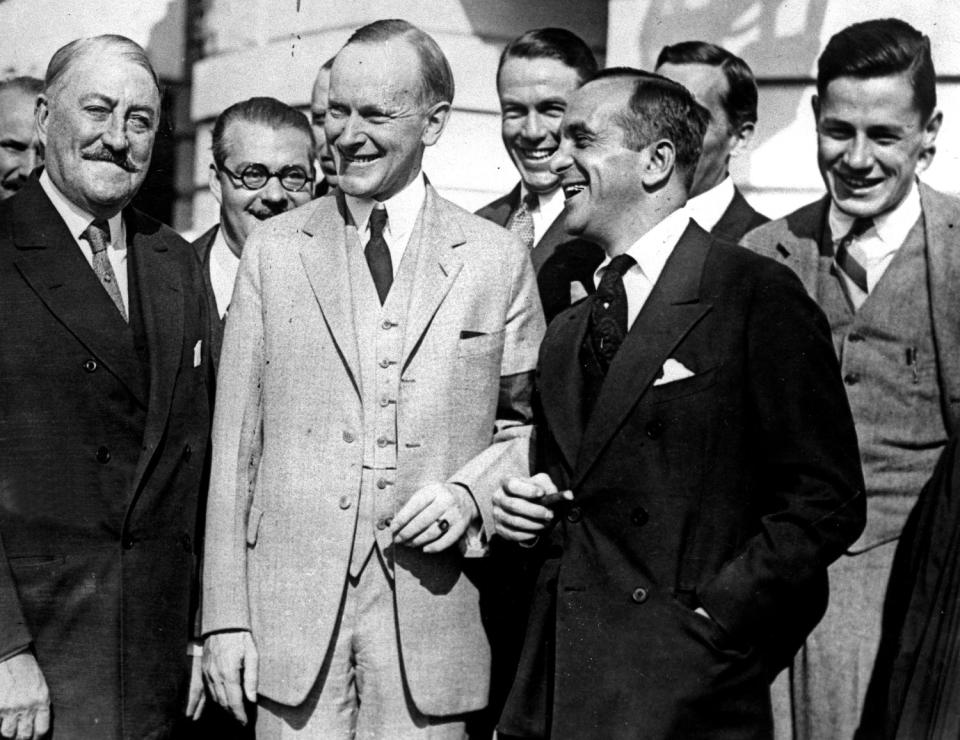
1928: Herbert Hoover (won)
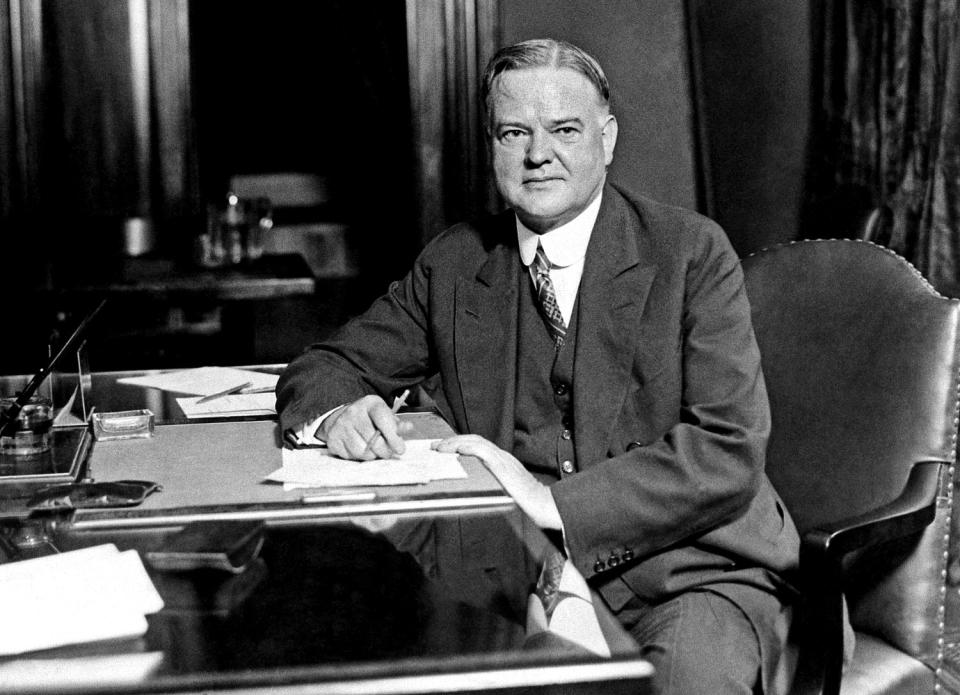
The 1929 stock market crash ended the Roaring 20s, and unemployment began to soar, leading Americans to rethink the role of the federal government.
For five consecutive elections, America — and California — backed Democratic presidents: Franklin D. Roosevelt for four terms, and then after his death in office, Roosevelt’s successor, Harry S. Truman, for one full term. Roosevelt’s New Deal built a modern administrative state and invested heavily in programs aimed at reviving the economy; abroad, the United States helped defeat Nazi Germany and imperial Japan.
But The Times never went along. In 1932, it called Hoover “misunderstood” and denounced Roosevelt’s “hazy, ill-considered, amateur Alice-in-Wonderland idea of taking money from one empty pocket to another empty pocket.” In 1936, it chastised Roosevelt’s “regime of uncontrolled and extravagant experimentation.” In 1940, with the Nazis sweeping across Europe, The Times called Roosevelt’s unprecedented bid for a third term dangerous and said he had fostered “class and labor strife.” In 1944, months after the D-day landing, The Times said Roosevelt had not adequately prepared America for war, assailed his policies of “tax, spend and boondoggle,” and suggested that “Communists and radical labor elements” backed him.
1932: Herbert Hoover (lost to Franklin D. Roosevelt)
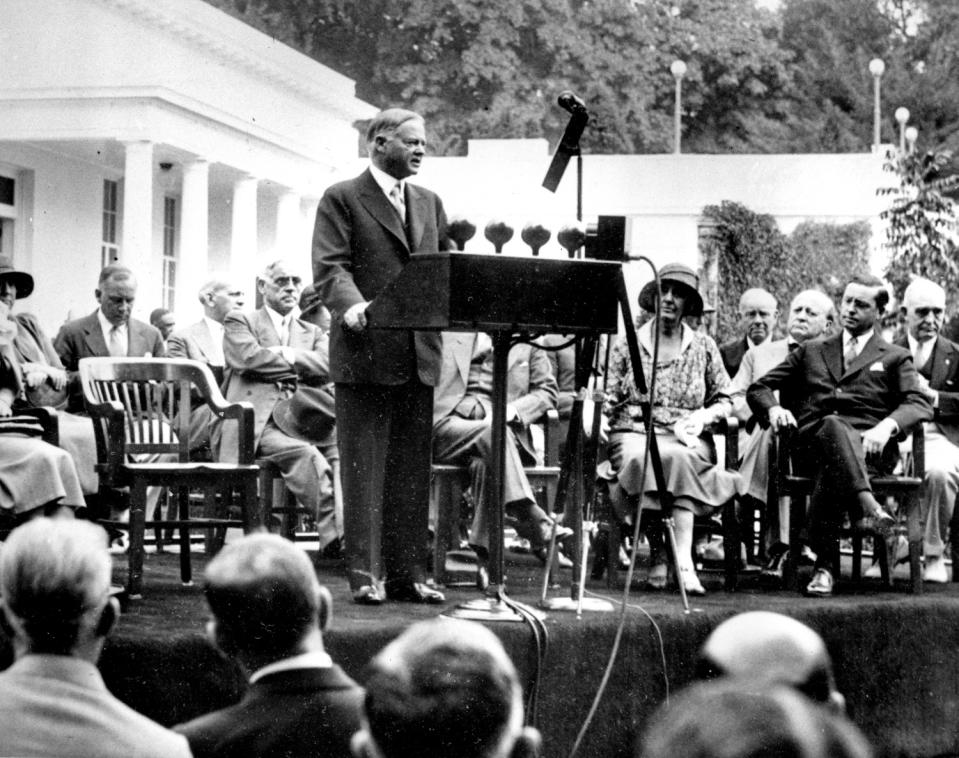
1936: Alfred M. Landon (lost to Franklin D. Roosevelt)
1940: Wendell Willkie (lost to Franklin D. Roosevelt)
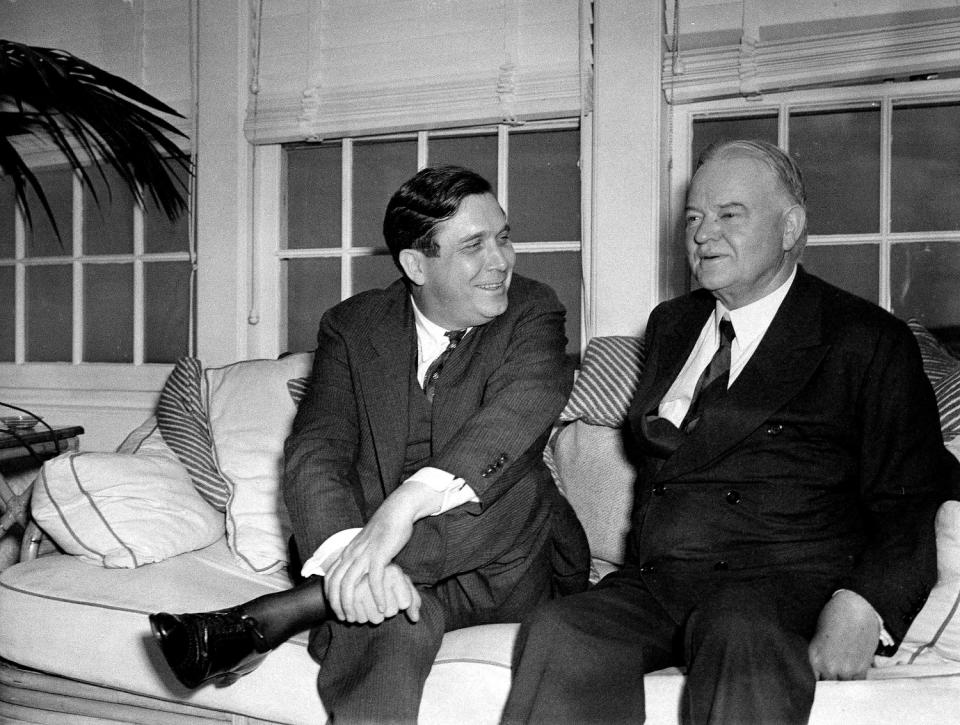
1944: Thomas E. Dewey (lost to Franklin D. Roosevelt)
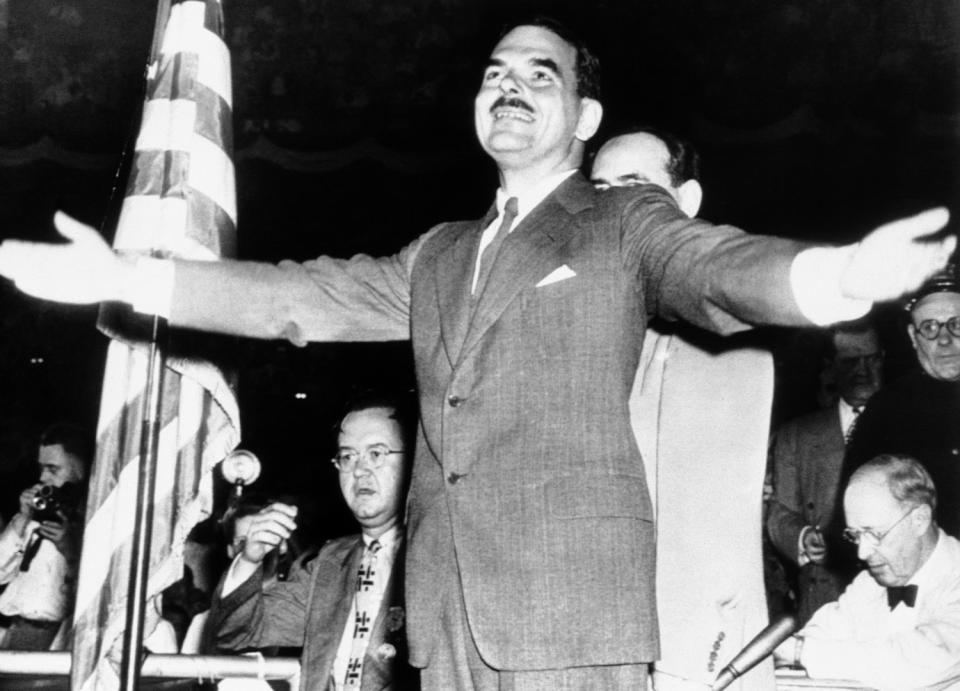
1948: Thomas E. Dewey (lost to Harry S. Truman)
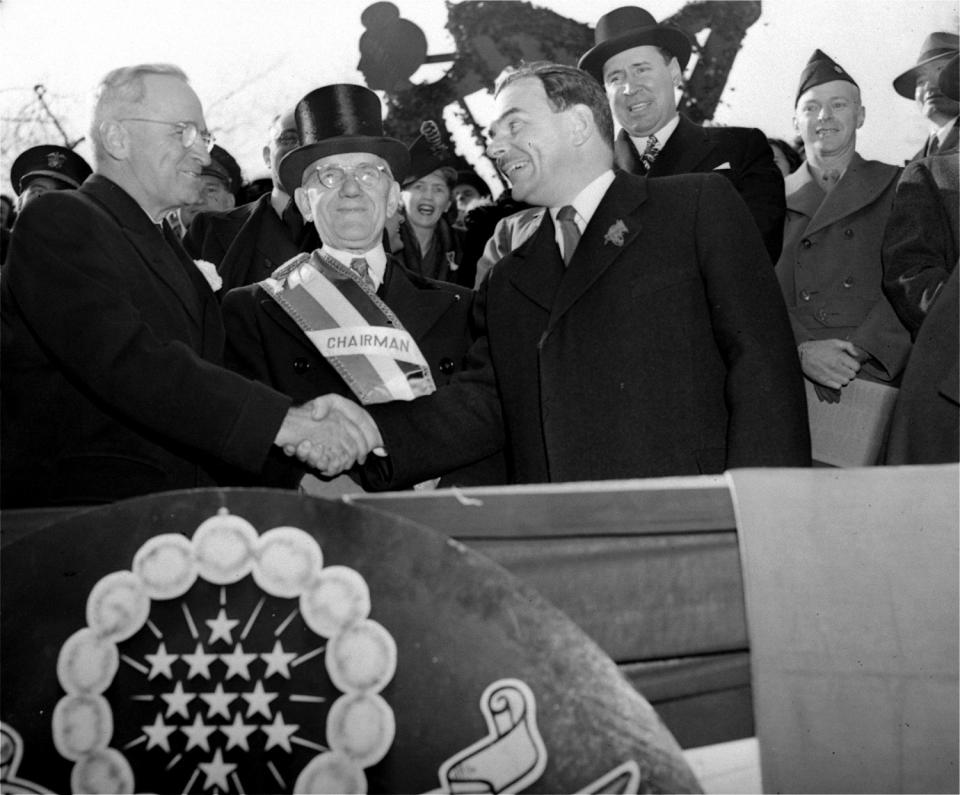
The Times, California and America supported the popular Gen. Dwight D. Eisenhower, who had led Allied forces in Europe, for president in 1952 and 1956. “Eisenhower believes our foreign policy is weak, vacillating and in need of overhaul,” The Times wrote in 1952.
1952: Dwight D. Eisenhower (won)
1956: Dwight D. Eisenhower (won)
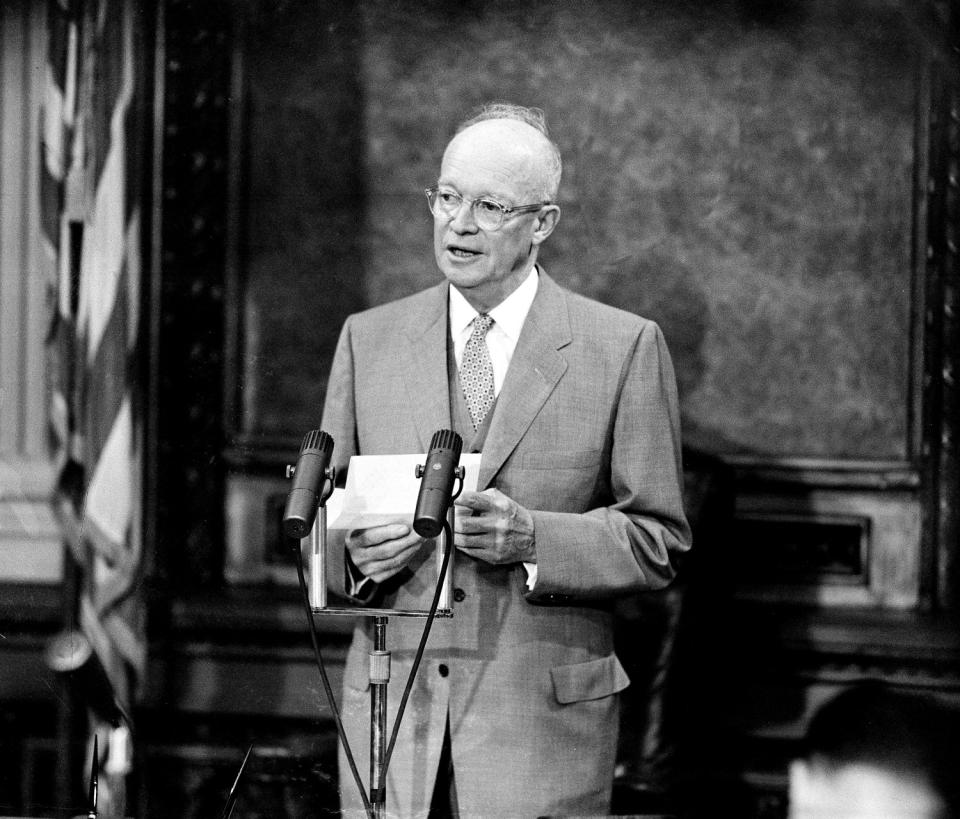
In 1960, California voted for John F. Kennedy in a razor-thin election, but The Times — which had helped engineer Richard M. Nixon’s career in California — stayed with its favorite son.
1960: Richard M. Nixon (lost to John F. Kennedy)
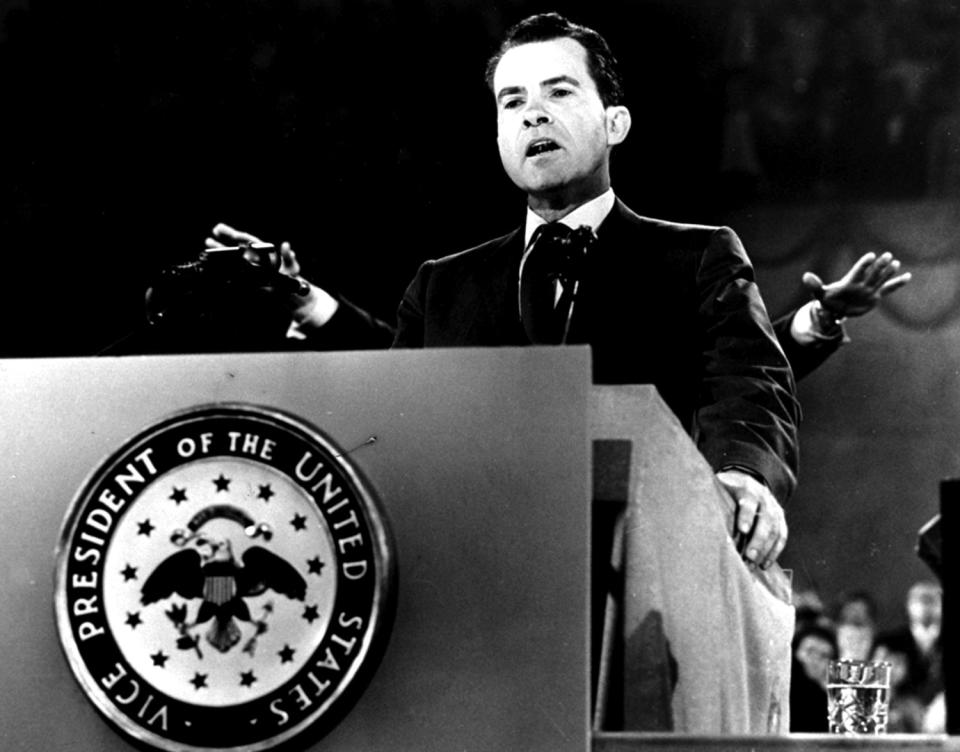
Four years later, The Times backed Arizona Sen. Barry M. Goldwater, who opposed the Civil Rights Act of 1964, called for substantial cuts in social programs and suggested the use of nuclear weapons in Vietnam. The Times said it disagreed with Goldwater on civil rights and foreign policy. Surprisingly, it also said Lyndon B. Johnson had not been a bad president — a strikingly generous assessment for a Democrat. Johnson won in a landslide.
1964: Barry M. Goldwater (lost to Lyndon B. Johnson)
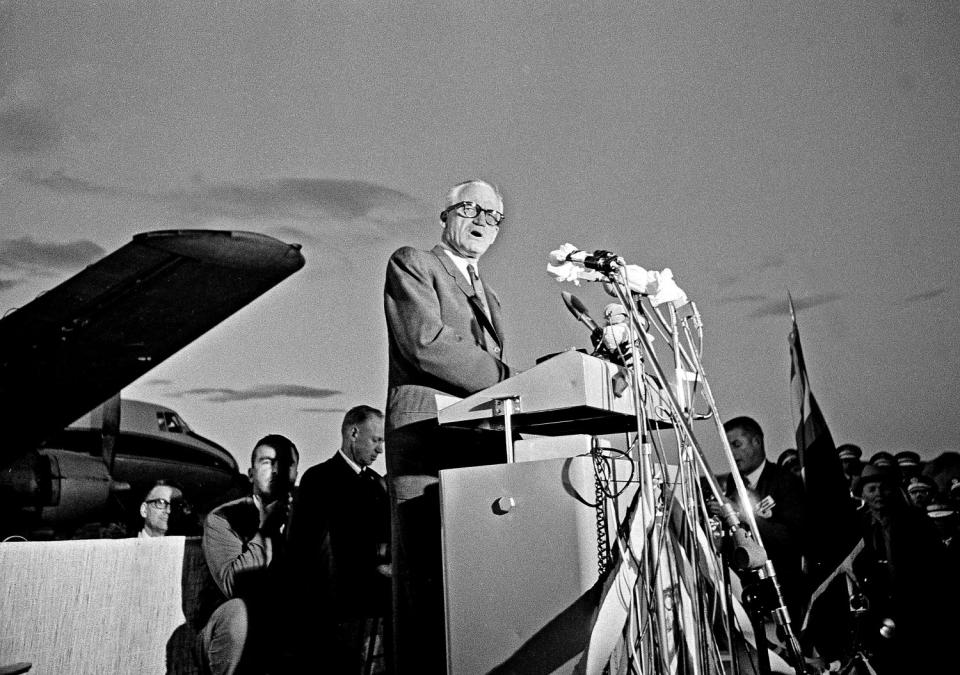
The Times would go on to endorse Nixon twice more.
“We suffer from a malaise of the spirit, a cancer of fear, frustration and self-doubt which threaten to turn us into a people at war which each other — unable and unwilling to cope with the very real problems which afflict us both at home and abroad,” The Times wrote in 1968, as America was reeling from the Vietnam War, the assassinations of Robert F. Kennedy and Martin Luther King Jr. and dramatic social change. Nixon ran on a “law and order” platform as President Trump is doing today.
Months after the Watergate break-in, The Times endorsed Nixon for reelection. The editorial faulted Nixon’s handling of civil rights and said he was too slow to withdraw from Vietnam. It commended the “obvious personal decency” of the Democratic nominee, Sen. George S. McGovern of South Dakota, but found his antiwar platform hard to digest.
That endorsement deeply divided the newsroom and attracted criticism from readers. Publisher Otis Chandler later came to regret it.
Chandler had pushed the editorial board in a more moderate direction — distancing himself from right-wing members of his extended family. Anthony Day, who led the opinion section from 1971 to 1989, took it on a more independent and balanced path, including an unwavering commitment to constitutional rights, support for the state of Israel, and independent positions on issues such as gun control and capital punishment.
“Tony completely shared my vision of what The Times’ editorial page had to be — independent and nonpartisan, free of the Republican Party or any party,” Chandler later said of Day. “We did that together.”
For the next several decades, The Times avoided endorsements for president, United States senator and governor of California.
1968: Richard M. Nixon (won)
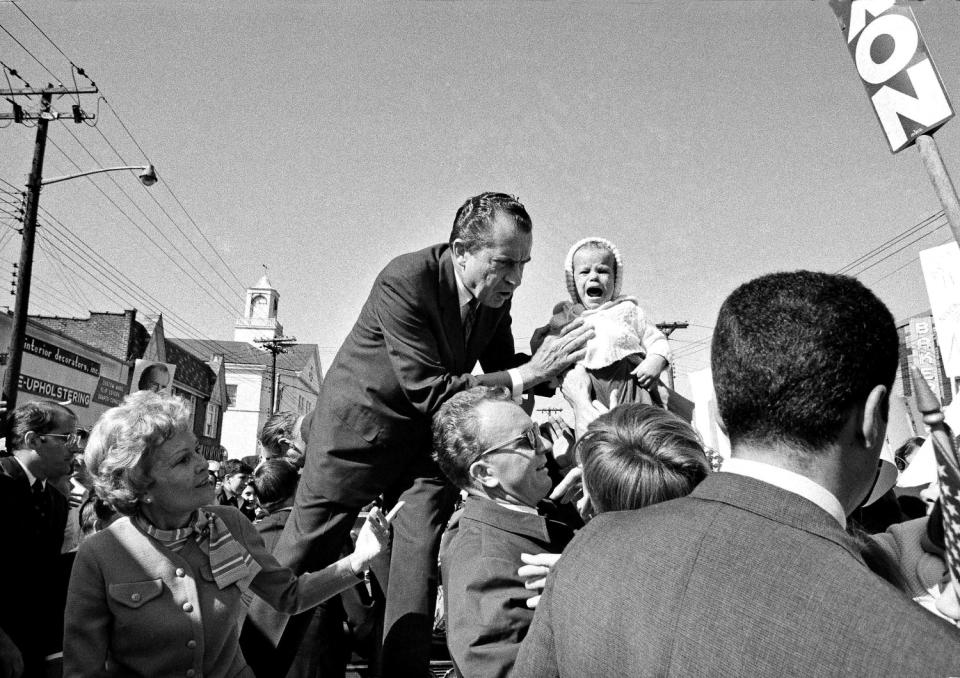
1972: Richard M. Nixon (won)
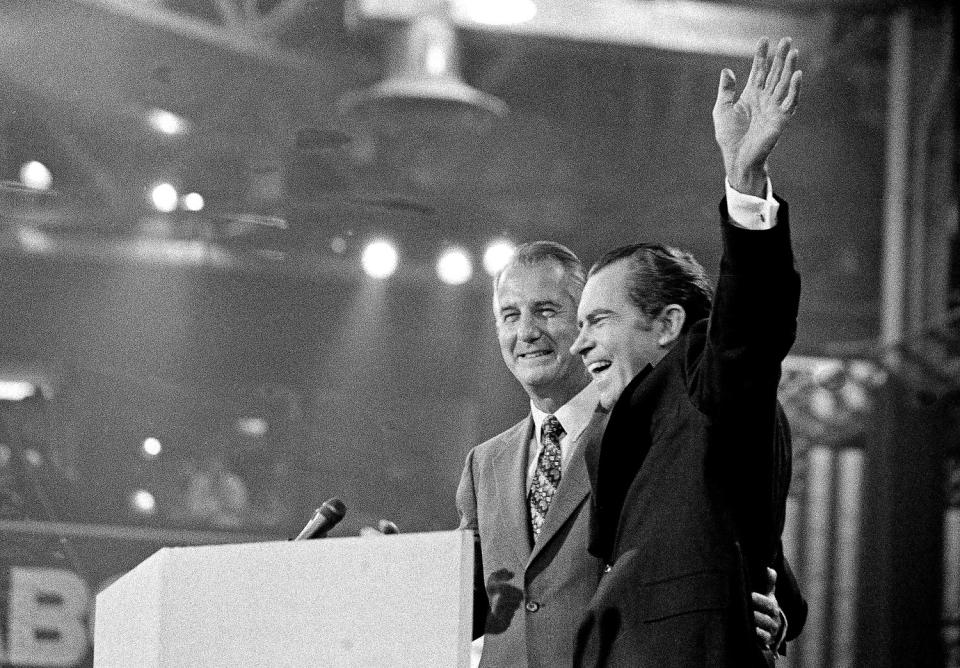
Over the same period, California moved steadily into the Democratic column — the last Republican contender to win the state was George H.W. Bush in 1988. The Times was sold to Chicago-based Tribune Co. 12 years later. In 2008, the paper's publisher, David D. Hiller, and its editorial page editor, Jim Newton, decided to back Obama — ending a 36-year hiatus.
"One reason to endorse is to try to influence leaders and make the case for a candidate," Newton said. "Another, and to my mind more important, aspect is to reveal our values as an institution, and as an editorial board, to our readers."
Some reporters question the practice of endorsements, arguing that it makes newspapers seem partisan and not balanced. To that, Newton said, "I hope readers are sophisticated enough to tell the distinction between news and opinion and to know that the lines are strictly enforced."
Doyle McManus, who was Washington bureau chief from 1996 to 2008, said he did not feel his reporters were hurt by endorsements.
“It never earned us much street cred among conservative Republicans, because they knew where the editorial board’s heart lay,” McManus said. “We were one of the great outliers — it was a curiosity that we didn’t endorse. Frankly, I was more shocked that the Chicago Tribune endorsed Obama in 2008 — he was also the first Democrat they’d backed for president."
In 2020, the Times editorial board is endorsing a presidential candidate for the same reason it recommends candidates for seats on the school board or the city council: to restate institutional values, applying them to an office of particular importance and laying out how we believe the candidates do or don’t live up to those values and can or cannot be expected to turn those positions into effective policymaking and respected leadership.
A growing number of newspapers that endorse candidates for local or state positions have chosen not to endorse for president on the argument that readers already have plenty of opportunities to learn about presidential candidates and make up their own minds. Indeed they do, but we believe that explanation misapprehends the purpose. They are not meant as a substitute for news about candidates or analysis of their policy positions. They are supposed to be well-reasoned arguments based on clearly articulated principles. Editorial boards work through these arguments, or should, in a way that individual columnists do not, and free of self-serving interests in a way that endorsements by labor, business or political groups do not.
We hope our endorsements — examining candidates' experience, character and policies — are a service to our readers whether they agree with our conclusions or not. We welcome feedback from readers, and we urge everyone to vote.
Cary A. Schneider, Jerome Adamstein, Robert Greene, Sameea Kamal, Matt Wilhalme and Kelly Corrigan contributed to this article.

